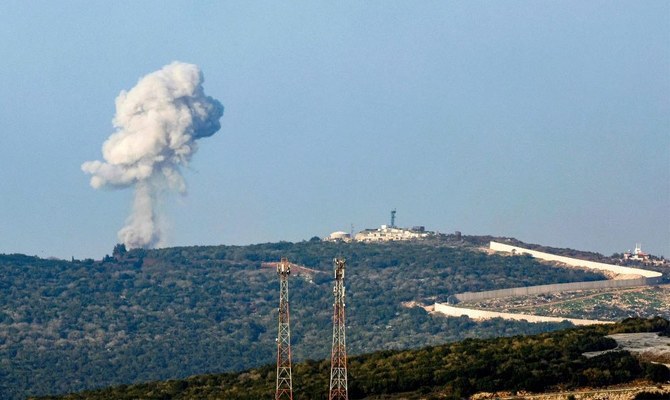
The earliest moments of a supernova – the cataclysmic explosion of a massive star – have been observed in unprecedented detail, in a development researchers say could help us better understand what happens to stars when they die.
Using data collected from Nasa’s Kepler space telescope in 2017, astrophysicists recorded the initial light burst from a supernova as a shockwave blasted its way through a star.
In a study published in the Monthly Notices of the Royal Astronomical Society, scientists suggested the star that exploded was likely a yellow supergiant, which is more than 100 times bigger than our sun.
Patrick Armstrong, a PhD student at the Australian National University and the study’s first author, said the earliest phase of a supernova had not ever been fully observed before.
“In order to capture this, you have to be looking at the right part of the sky, at the right time, with the right amount of detail, to be able to see everything,” he said.
Armstrong said the supernova, called SN2017jgh, was more than one billion light years away from Earth. “The light we were seeing had actually left that star a billion years ago.”
On average, astronomers expect one star to explode per galaxy every 100 years. “There are millions of galaxies in the night sky, which means depending on how good your camera is, you might get about one supernova a week or up to one supernova a day if you’ve got a good camera like the Kepler space telescope,” Armstrong said.
A supernova explodes rapidly but it takes weeks or months to brighten and then eventually dim. The early phase of its explosion is observable for only a few days.
The scientists made the discovery based on a “shock cooling light curve”, which measured the change in the amount of light emitted by the supernova over time.
Sign up to receive an email with the top stories from Guardian Australia every morning
“We see in the night sky this tiny point of light get brighter and brighter … as the supernova explodes, and [then] get dimmer,” Armstrong said. “This is the first time we’ve ever seen the shock cooling light curve in complete detail.”
The spectrum of light released by the supernova also gave clues as to its composition.
“We take the light from that supernova and we split it up into [a] rainbow, and depending on what colours we see – if there’s lots of red or green – that can give us information about what elements are in that supernova,” Armstrong said.
Armstrong said the observation allowed scientists to better understand what stars explode into different supernovae. “Normally we can’t get much information about these stars because they have exploded and there’s not much left to look at.”
Unlike other telescopes which take observations once daily, Nasa’s Kepler telescope captured images once every half an hour, enabling the light curve to be comprehensively documented. Kepler’s mission officially ended in 2018 when it ran out of fuel.












